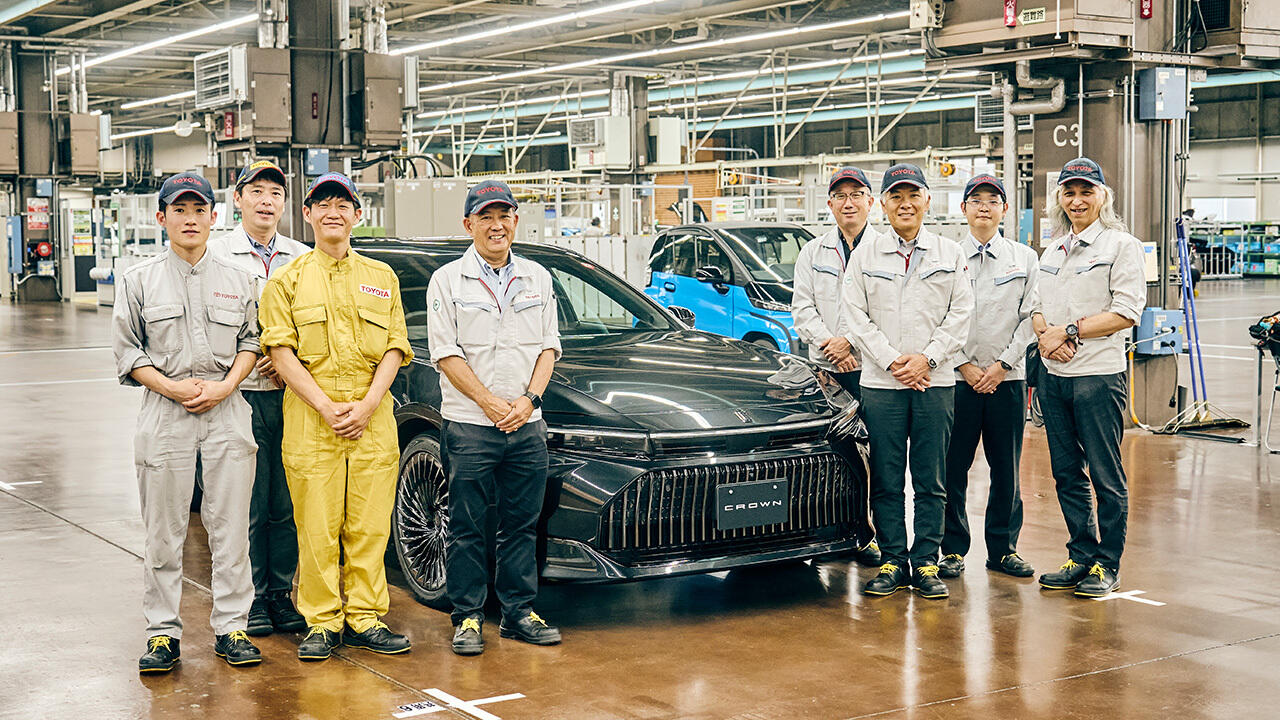
The latest Crown offers four different body variations. This article shines the spotlight on the Sedan's engineers and test drivers, and the driving experience they sought to create.

The 16th generation Crown comes in four different body types.
Each model’s developers were committed to pursuing the core elements of “Crownness” (quietness, comfort, and quality) that have defined the driving experience over successive generations. At the same time, they imbued each vehicle with a distinct character unique to its body type.
A key role in creating the feel of a car is played by the test drivers.
To discover how they help shape the driving experience, Toyota Times spoke with the test drivers and engineers behind the development of each Crown series model. This time, we visited the genba responsible for the unique feel of the Sedan.
Commitment to a stately, premium feel
The Crown Sedan was created as the “new formal” that caters to the needs of both keen drivers and chauffeured passengers in a new era, underpinned by high-quality driving and a comfortable ride.

More than anything, Chief Engineer Ryotaro Shimizu says he focused meticulously on comfort.
Shimizu
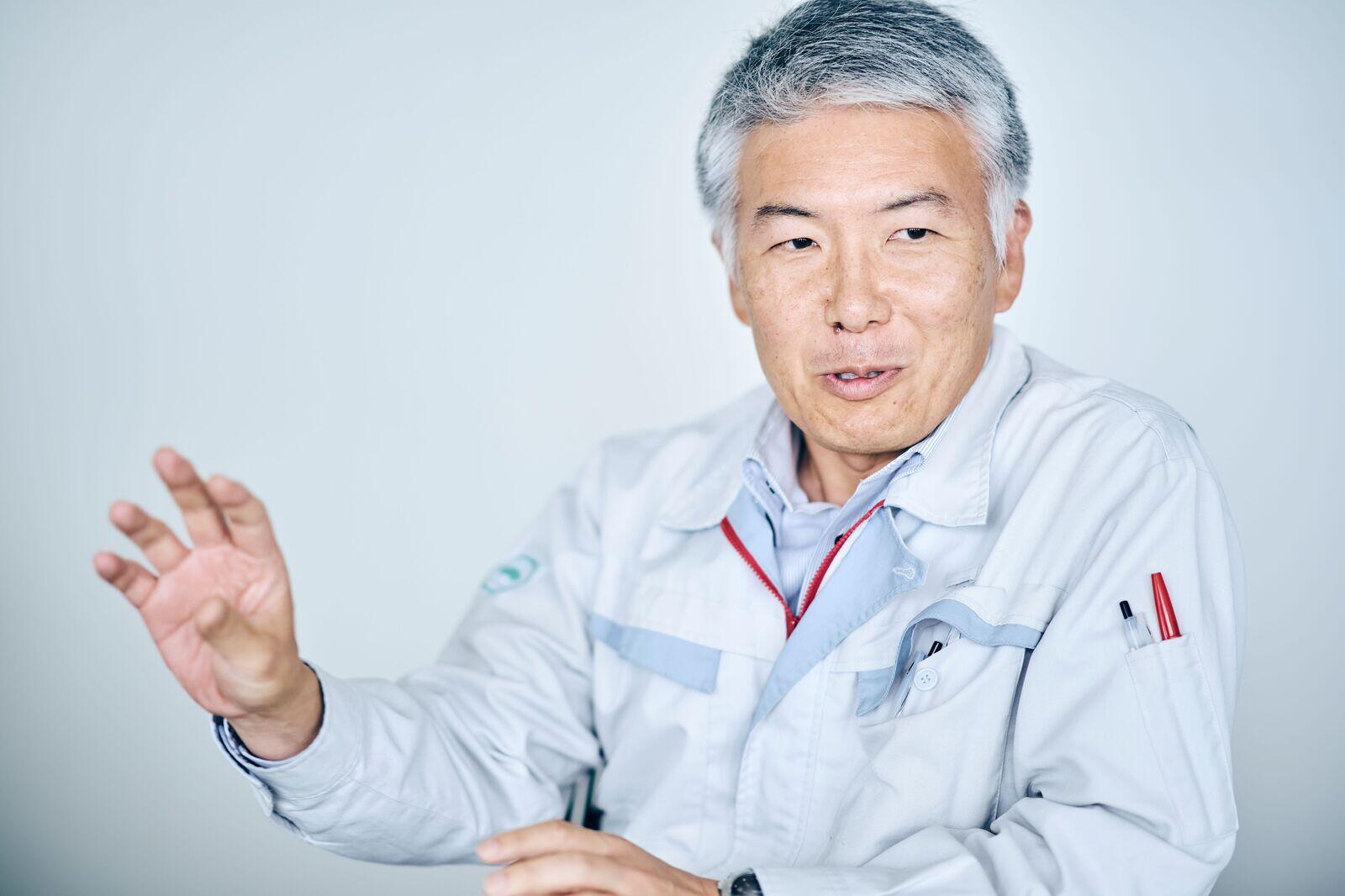
As Chairman Akio Toyoda has said, the sedan is the Crown’s true form. It is the sedan that embodies the Crown’s worldview, passed down through 15 generations.
We therefore set out to develop a car with the stately, premium feel that would assure customers “this is a true Crown.”
I told the development team that, like past generations, I wanted to create a car that is fun to drive for those who enjoy getting behind the wheel.
Among the Sedan team’s engineers were Nagataka Sassa, who worked on vehicle performance at the MS Control Development Division, and Yasuhiro Hiraki, responsible for suspension and tire design at the MS Platform Development Division. Based on the key concepts laid out by Shimizu, they first put together a development brief describing what kind of car the new Crown Sedan should be, as well as the technologies and specs required to make that happen.
Sassa
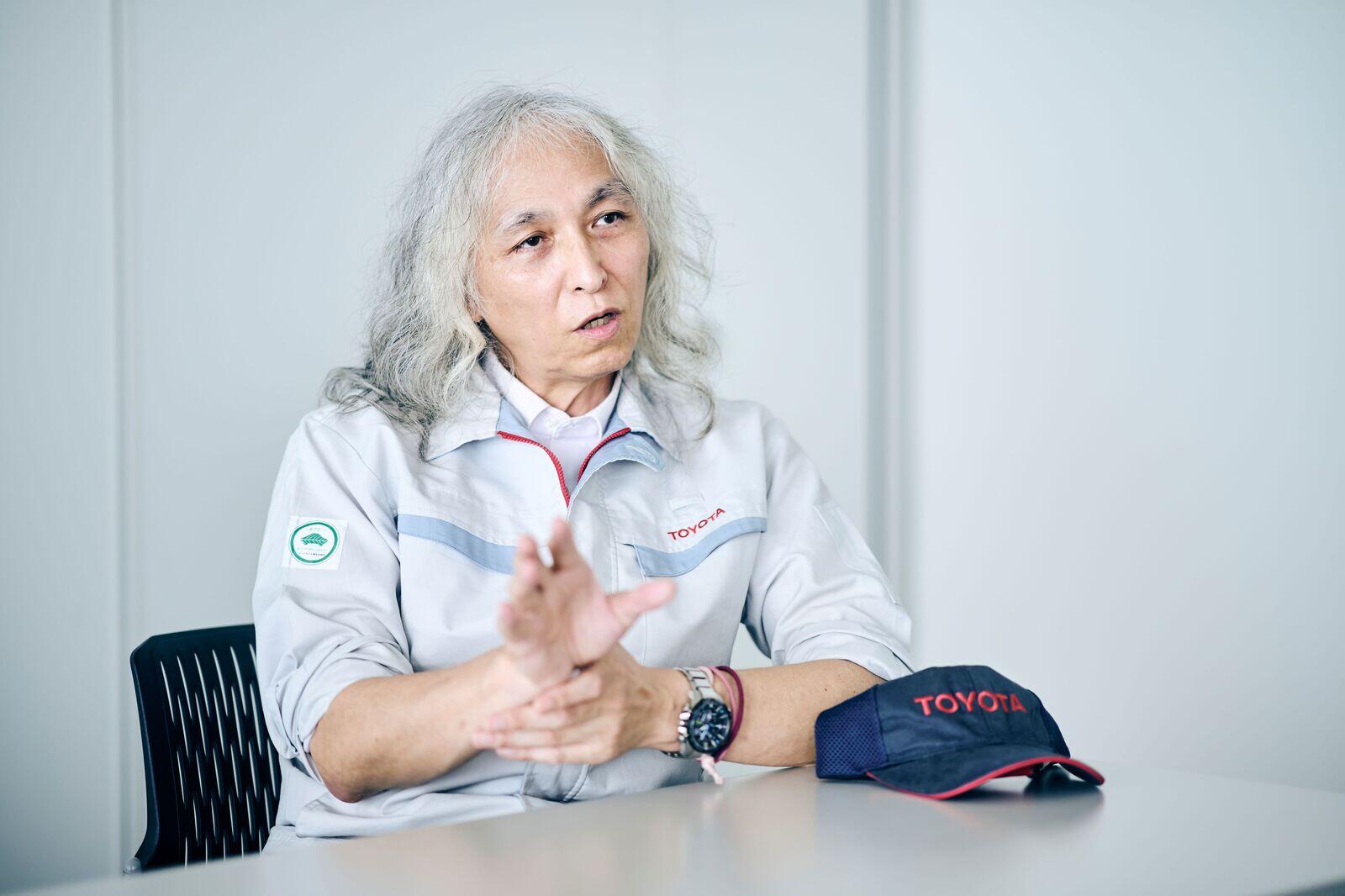
We made slides summarizing the usage scenarios and desired performance—for example, slow rolling speeds to provide a relaxed experience for rear-seat passengers. We did this to ensure that everyone was on the same page in terms of our approach to driving feel.
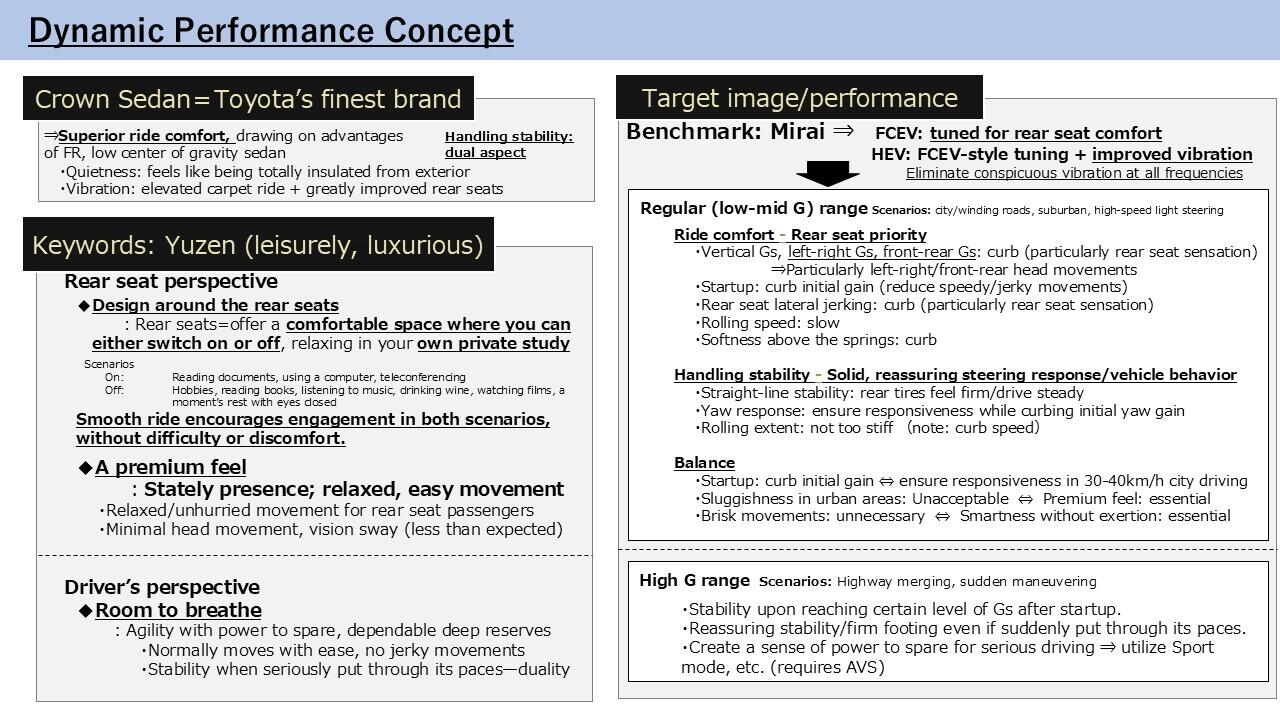
When we presented these materials to Shimizu, he told us, “You’ve included everything that I imagined.”
They described a car that moved with ease, but also offered stability when put through its paces, and that duality is exactly what I had in mind.
To achieve both aspects, we use two driving modes, Sport and Comfort, and doing so requires AVS (electronically controlled suspension).
The development brief they put together focused on driving feel, and it was extremely helpful in getting all project members on the same page.
Breakthrough technologies
The Sedan differs from the other three models in one important way. To create an authentic sedan with a low ride height, the team adopted an FR platform used for cars including the Mirai.
The Mirai is another vehicle with superb comfort and handling stability. By using that as our base, we started with an advantage over the other three models.
Katayama
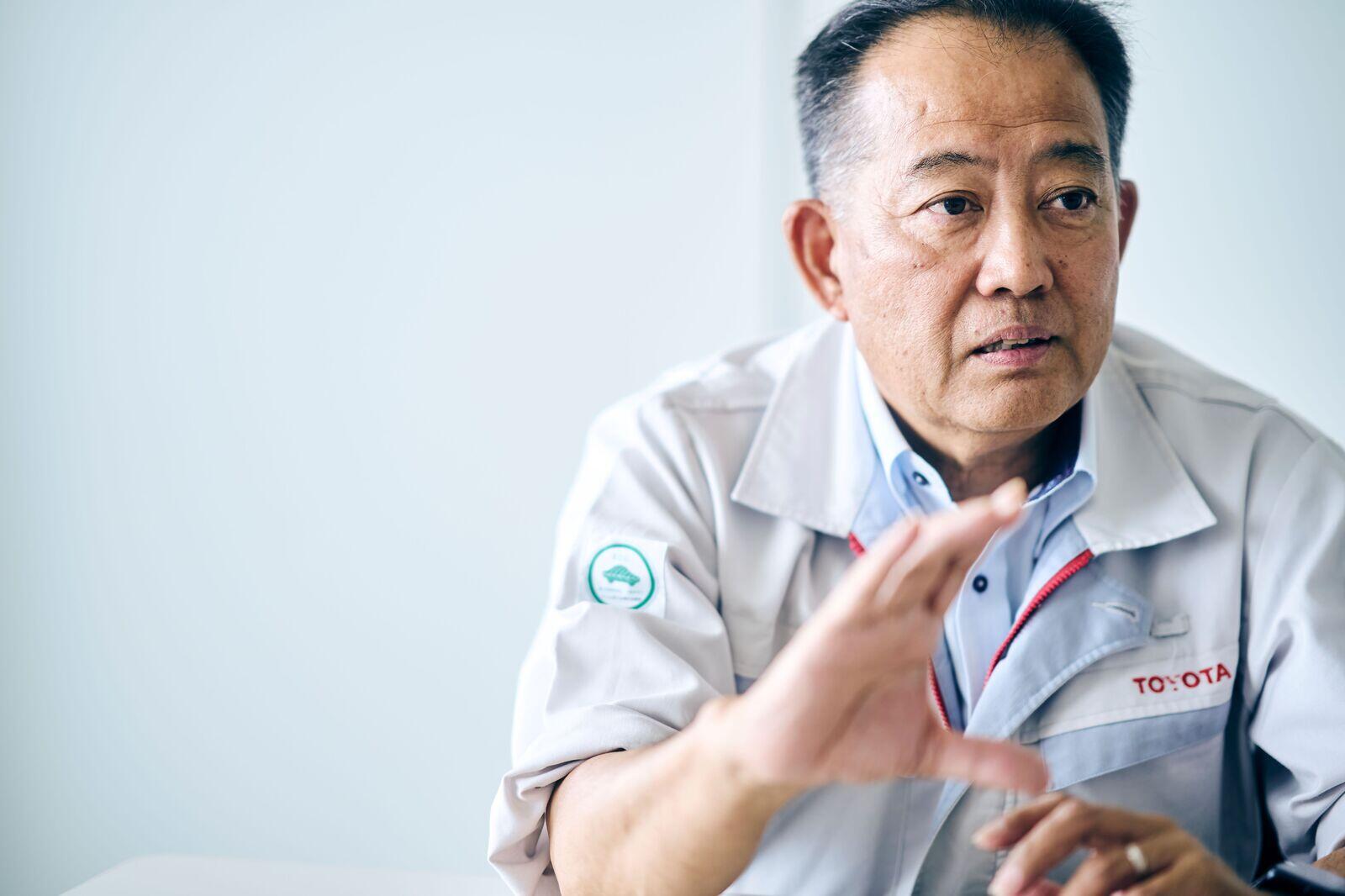
The Mirai is set up for outstanding dynamics, thanks in part to its ideal 50:50 front-rear weight distribution.
Being able to draw on the Mirai’s track record made it easier to achieve aspects such as good steering responsiveness, which is a hallmark of sedans.
In terms of a premium driving feel, however, we still saw lots of room for improvement.
In search of these improvements, the team prepared an initial development vehicle with shock absorber damping set at the minimum level. Unfortunately, this drew scathing feedback from Katayama.
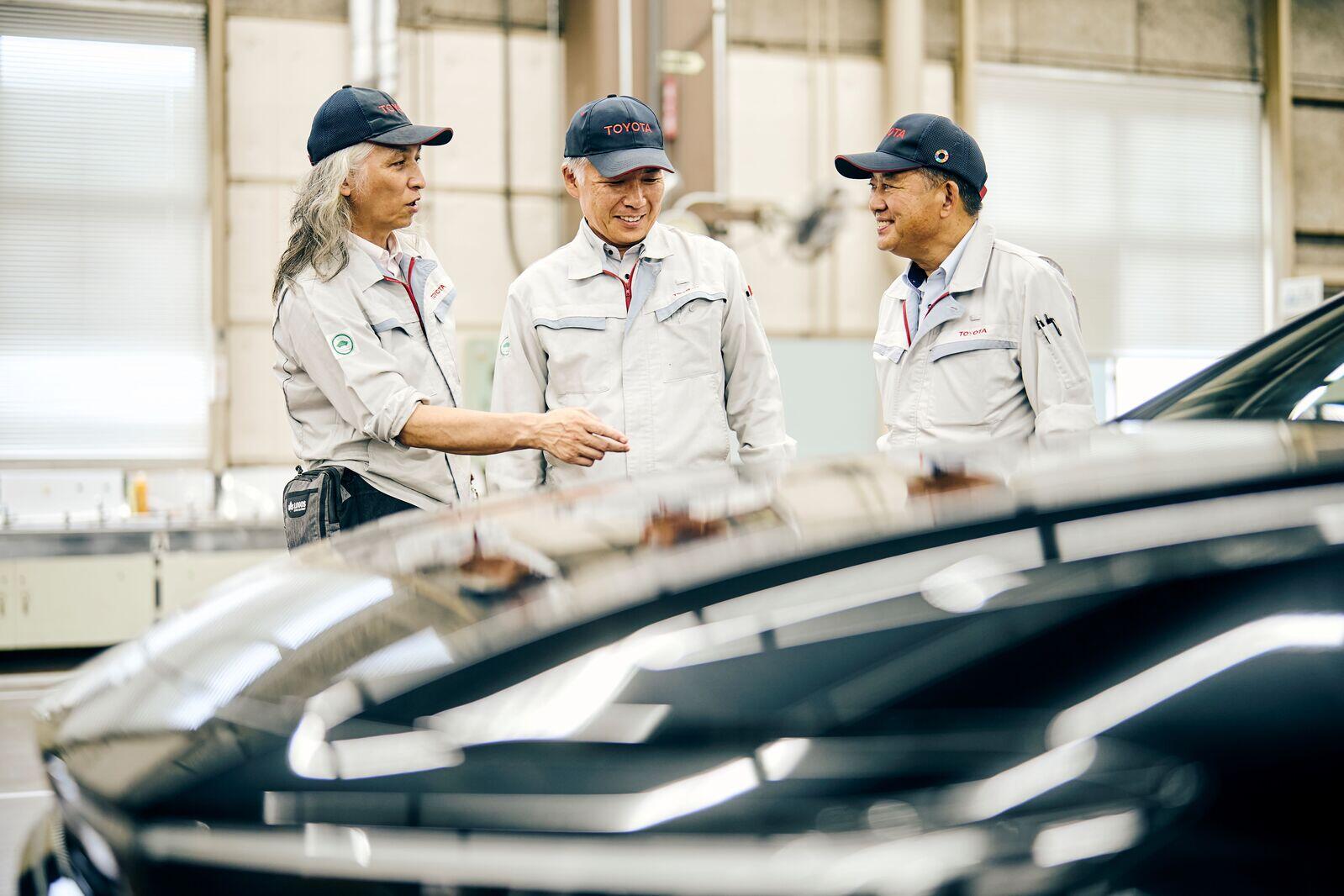
Katayama drove about five meters out of the workshop before stopping the car. He said the quality was lacking. We scratched our heads wondering what to do.
That said, the car made a surprisingly good impression on the test course. I think this came down to an excellent base platform, but we thought that lowering damping could make it work as a Crown.
“The fact that we started calibration with damping at a minimum makes this a very rare case,” says Kazuya Tokuda of the Vehicle Engineering Development Division, who handled suspension calibration as the model’s lead test driver.
Tokuda
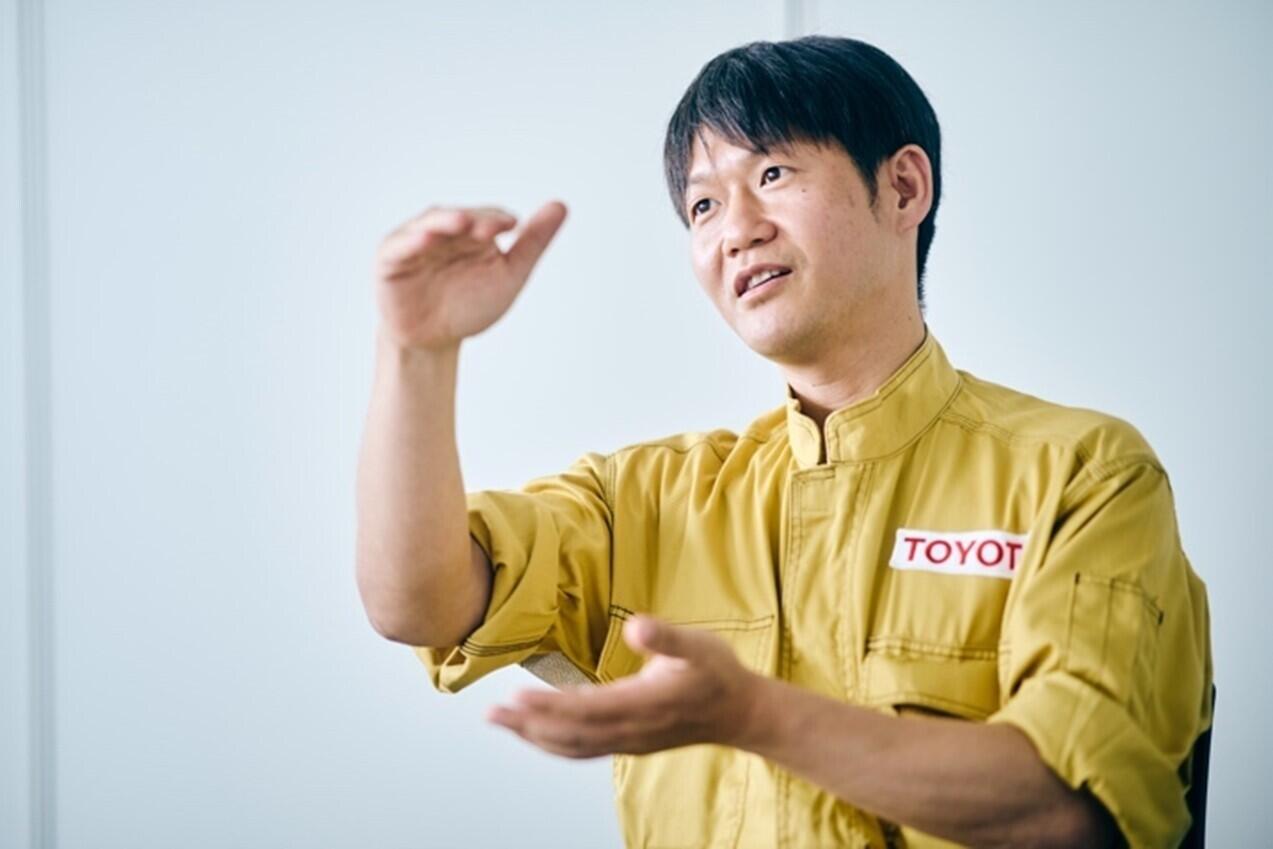
By lowering the damping, you soften the sensations but the vehicle also ends up swaying at higher speeds. Yet when you dial the damping back up a bit, you lose that quality feel, and then you’re going around in circles.
After repeatedly tuning the vehicle with Sassa and Hiraki, we felt it was time for Shimizu and Katayama to take a test drive. They told us, “You’re almost there.” We went through the process several times, figuring out the level we should aim for.
While everyone shared a commitment to improving ride comfort, the members struggled to align differing opinions about their target—just how high should they be aiming?
With the team unable to find a breakthrough in their pursuit of a premium driving feel, Hiraki—the engineer responsible for suspension and tire design—came across an innovative technology from a department tasked with advanced shock absorber development.
Hiraki
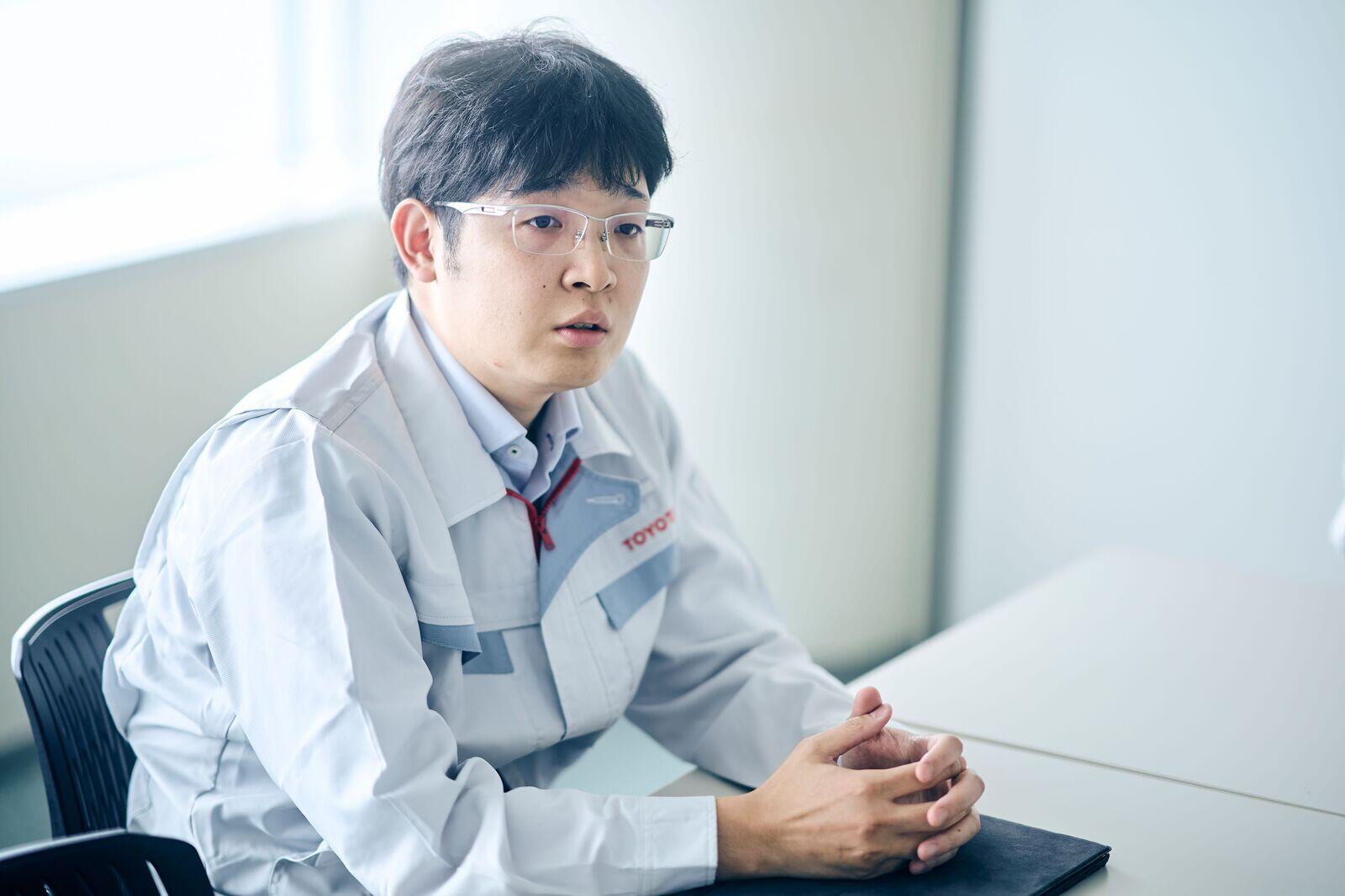
Shock absorbers are fitted with seals to prevent oil from leaking out, and our engineers had come up with oil seals that provide lower friction compared to conventional parts.
By reducing the initial friction, these oil seals enable us to achieve both a smooth start and the desired damping effect. The result is a smooth ride from the very lowest speeds.
Although the technology was still under development and faced many problems, I was determined to make it work.
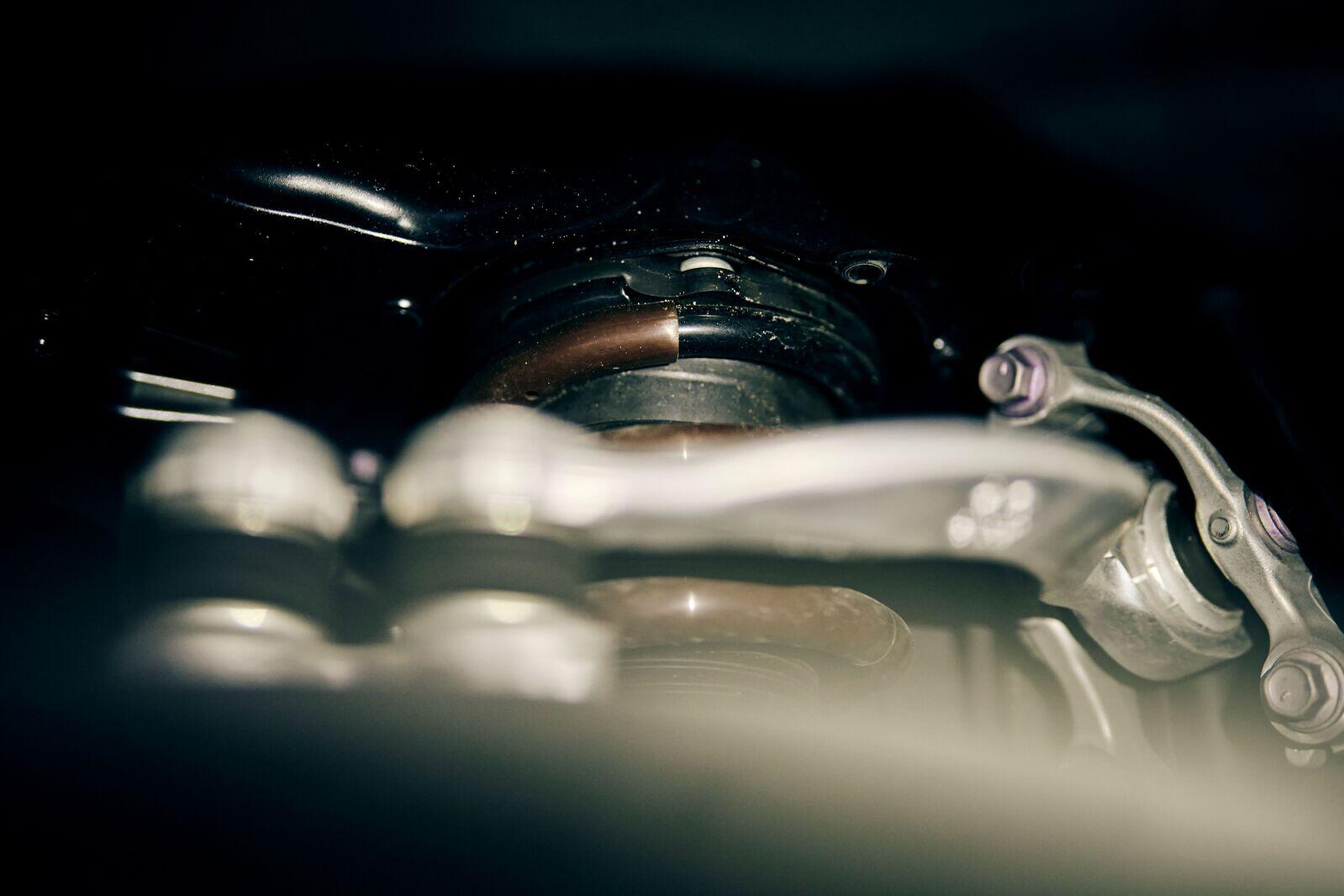
The new addition drastically improved ride comfort, receiving the thumbs up from test driver Katayama. “Now we’re in business.”

